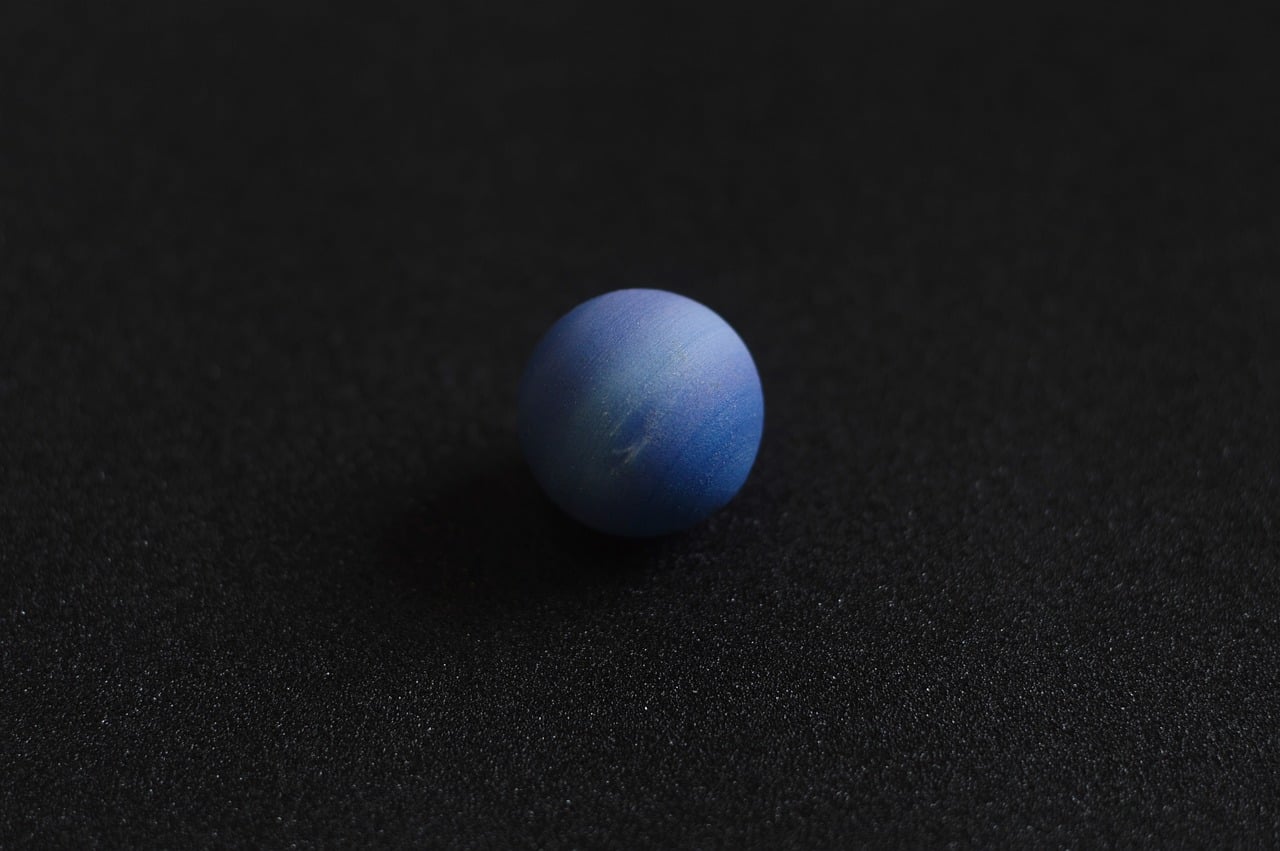Scientists have discovered a super-tiny moon orbiting Neptune hiding in with the other celestial bodies that orbit the blue planet. While some theories suggest that the satellite came into existence from another moon, other theories hint at a collision with a comet.
Hippocamp, Neptune’s newly discovered moon, is the smallest moon hosted by the planet. Scientists have now confirmed it, described it and shared their observations in the journal Nature. Observations have been conducted for a long time by the Hubble Space Telescope.
Scientists were inspired by Greek mythology when naming the satellite. It’s named after a half-horse, half-fish creature. Interestingly enough, all Neptune’s moons were named after Greek and Roman mythological creatures. Being the smallest among Neptune’s moons, Hippocamp measures about 20 miles in diameter, being one of the seven inner moons that surround the planet.
But, why hasn’t Hippocamp been picked up by researchers before? During its flyby over the ice giant in 1989, the Voyager 2 spacecraft observed the other six small inner moons, missing Hippocamp, probably because of its super-tiny size.
Using the Hubble Space Telescope, scientists found a “white dot” from 150 images. In 2013, Mark Showalter of California’s SETI Institute found the moon by observing the photos and plotting graphs of the circular orbit.
Now, with the new study, Neptune’s new moon has finally been confirmed, together with Imke de Pater from the University of California, Berkeley, Jack Lissauer of NASA’s Ames Research Center, and R. S. French at SETI.
Hippocamp is located in an orbit close to Proteus, which is the largest and the outermost of Neptune’s inner moons, hinting that perhaps Hippocamp broke off from the largest moon and then settled into its own orbit.
“The first thing we realized was that you wouldn’t expect to find such a tiny moon right next to Neptune’s biggest inner moon,” study author Showalter said in the news release. “In the distant past, given the slow migration outward of the larger moon, Proteus was once where Hippocamp is now.”
The inner moons are believed to have formed after Neptune, and after Neptune’s outer largest moon Triton had been captured into its orbit. The study, however, suggests that the inner moons of the planet came into existence by comet impacts, which could also have involved Proteus, which has a large crater called the Pharos crater. Scientists proposed that the crater was created by the impact of a comet.
“Based on estimates of comet populations, we know that other moons in the outer solar system have been hit by comets, smashed apart, and re-accreted multiple times,” said Lissauer. “This pair of satellites provides a dramatic illustration that moons are sometimes broken apart by comets.”
The researchers hypothesize that the comet impact with Proteus caused debris to be released which started orbiting the planet, and eventually accelerated enough to form the moon Hippocamp. Astronomers also call it “the moon that shouldn’t be there.”





